I’ve hinted in recent articles at how real estate crowdfunding (and crowd investors) may well become the primary financing source for active real estate investors. Why? Because it better fills the needs of both those active investors and the thousands (maybe eventually millions) of ordinary “passive” investors who want to participate in financing commercial real estate projects.
Crowdfunded Loans are Better Suited for Investment Properties
Banks are often uncomfortable with investment property loans – they’re more focused on plain-vanilla, owner-occupied mortgages. Those that do serve real estate investors are often bureaucratic and unable to respond to investors who need money fast for that auction property. Local hard-money lenders are out there, but they’re often either too conservative or too limited geographically to be of much help to larger real estate players.
Crowdfunding lenders like the company with which I work generally look to lend against the asset value of a property more so than the investor’s credit. They also take into account the renovation aspect of the project, covering rehab costs as well the property’s purchase price. They manage their risk by disbursing some of the loan amount in stages, as the rehab project progresses.
These lenders are also able to act quickly, which is important because good deals move fast. Online lenders still perform the necessary underwriting (risk analysis) on a loan, but technology is used to automate those tasks as much as possible. A letter of intent can often be delivered the same day, if the investor is able to provide a few key parameters like property location, purchase price, rehab budget, investor’s personal financials, etc.).
Equity Financing – Even Better!
For larger players looking for help with the ownership (equity) portion of the project, crowdfunding fills an even larger need — particularly for properties of less than $100 million, which typically get overlooked by larger institutional investors. It’s a big distraction for real estate operators to round up additional financing from friends or local investment clubs. Crowdfunding significantly expands the available capital pool – and the operator can stay more focused on its main business of finding and operating properties.
The better crowdfunding companies act like a traditional joint venture partner, with the various investors all pooled into a special-purpose entity (usually an LLC) that is managed by the crowdfunding company. The crowdfunder then handles all of the communications, distributions and tax work for its underlying investors – the operator needs only to provide a single tax return to the LLC. The operator’s life thus gets much simpler, even as its brand is exposed to thousands of potential investors.
Preferred Equity – A Way to Keep All the Upside
Real estate investors may also want to increase their leverage without having to share the appreciation upside, with “mezzanine” financing — capital that is junior to the mortgage debt, but senior to the owner/developer equity. Some crowdfunders now offer mezzanine loans and preferred equity investments to achieve this higher leverage.
Preferred equity is much the same as mezzanine debt, but avoids the need for inter-creditor agreements and has an automatic, self-exercising structure within the operating agreement of the investor’s entity. Preferred equity typically gets a right to a special (preferred) rate of return for a term of one to three years, at which time it is redeemed. Interest rates are higher than first-lien debt, but all of the appreciation upside is retained by the operator.
Crowdfunding Investors Love Real Estate
The passive investors who provide the financing via real estate crowdfunding had typically not had many “passive” real estate investment options available to them, other than REITs, which don’t have all the tax benefits of direct participation vehicles. These investors are tired of stock market fluctuations and know of the benefits of real estate. They know that most investment institutions generally allocate a significant portion of their investment capital to commercial real estate. They know that real estate is a “hard” asset with meaningful intrinsic value. They know, too, how real estate can act as a hedge against inflation, how it can help them diversify away from stocks and bonds and how it offers particular tax benefits available in equity direct participation programs involving pass-through vehicles. They just didn’t know how to access these types of investments – until crowdfunding came along.
These participating investors can now review real estate investment projects at their convenience – say, sitting with their laptop or tablet at the kitchen table at 10 p.m., after the kids have been put to bed. The convenient website presentation is complemented by the ability to sign legal documents electronically. These investors can then follow the project’s status and review updates on a 24/7 basis. That transparency enhances investor trust and thus creates a virtuous circle that over time increasingly broadens the investor base.
The advent of real estate crowdfunding sites has allowed people without pre-existing industry connections to participate directly in specific real estate projects, and with smaller individual investment amounts, than ever before. Vive la revolution!









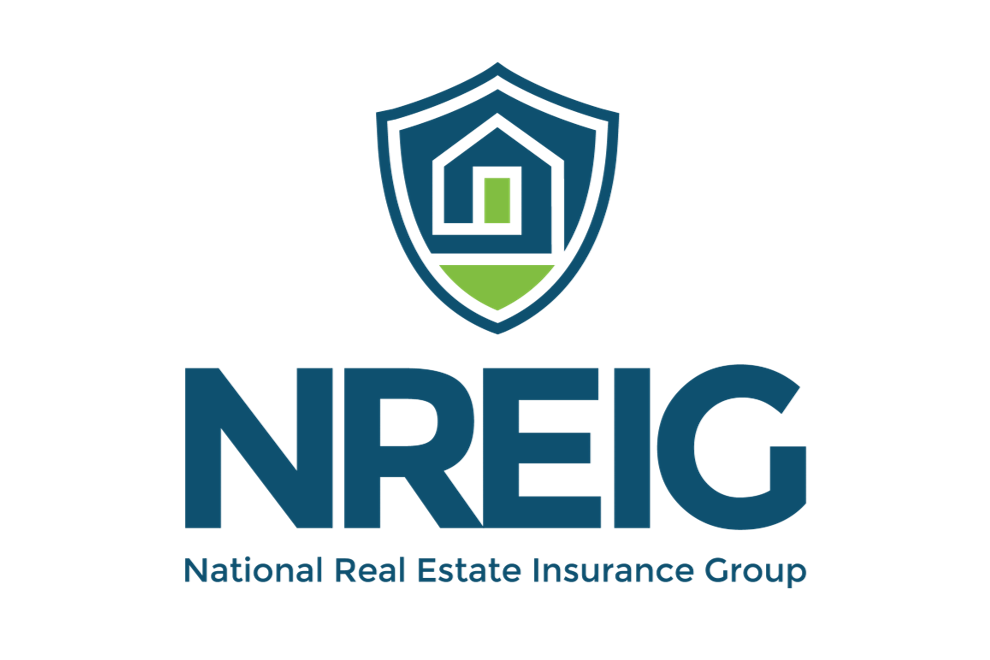


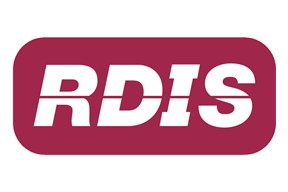
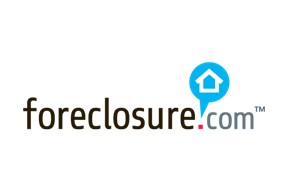
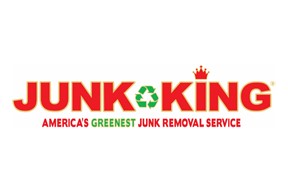
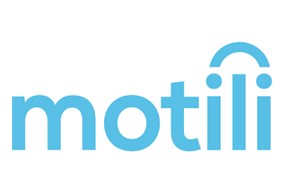


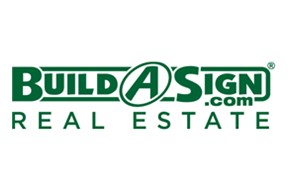
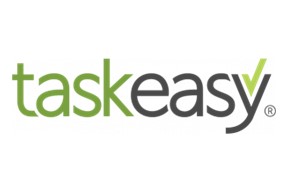
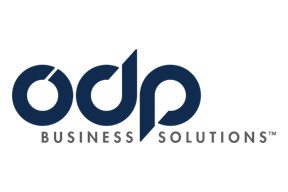
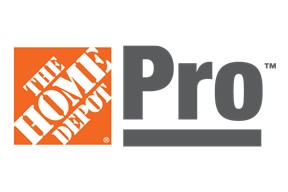

0 Comments